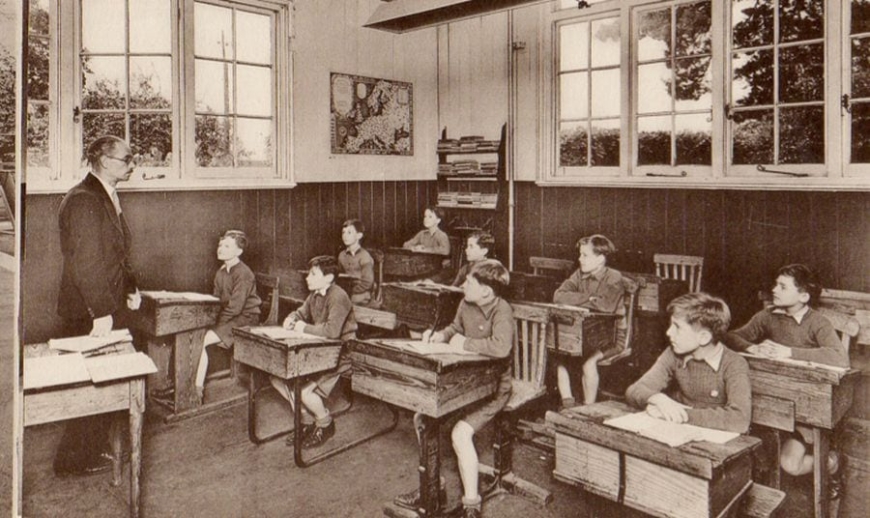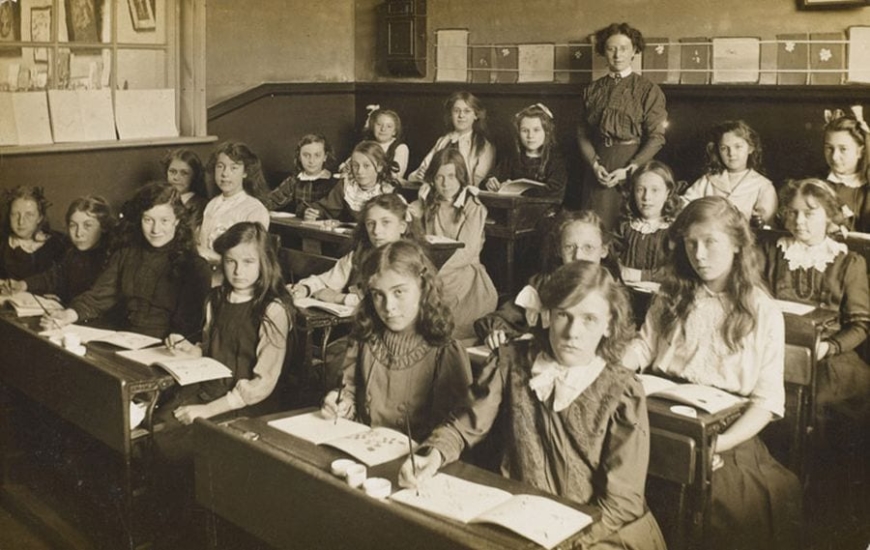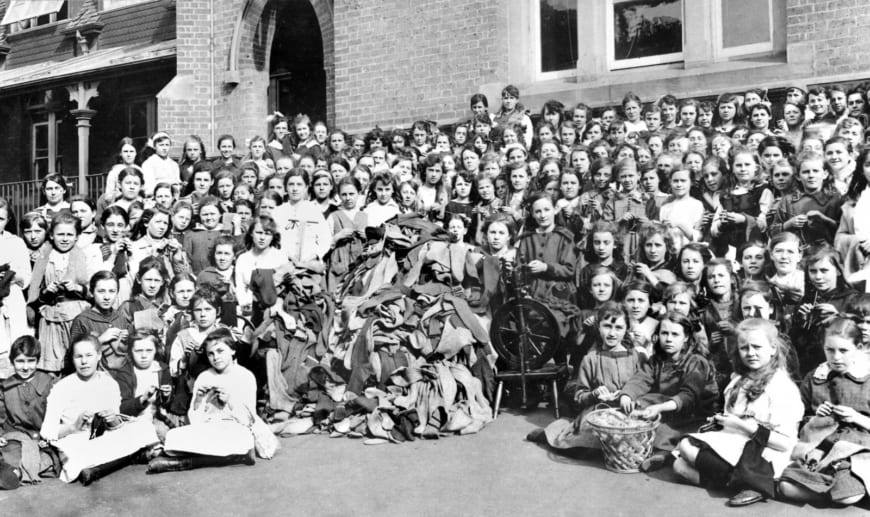Education in England has changed and developed a lot since the beginning. Right now, we are looking at one of the most promising educational hubs and the home of prestigious academic institutions like University College London and Imperial College London. However, the development of education has happened gradually throughout the years. In this article, you’ll learn about the history of education in London and the UK and the 15 lesser-known facts that brought the country where it is now.
1. 1870: The SLB Was the Only School Board
Back in 1870, the Elementary Education Act created the only school board in London. This board covered the jurisdiction area of the Metropolitan Board of Works. Right now, this area is known as inner London. The goal of the Board was to provide educational opportunities and places for poor children in the city. Soon after, it became the biggest provider of primary education in London.
2. 1871: School Attendance Became Mandatory
A year later, the school became mandatory for children aged five through thirteen. However, this wasn’t truly forced until almost a decade later, and it still was paid.
3. 1880: Attendance Was Made Compulsory

Attendance became compulsory nine years later. The following year, education became free for students aged five through thirteen.
4. 1889: The LCC Replaced the Metropolitan Board of Works
In 1889, the London County Council, also known as the LCC, replaced the previous local government body in the area of inner London.
5. 1893: The TEB Was Established
In 1893, the new local government body established the Technical Education Board. The aim of this board was to help the provision of secondary and technical education in London. This is when the junior county scholarships were first introduced, allowing students to go to technical and secondary schools after they finish elementary education.
6. 1897: Conflict between the SLB and TEB

The history of education in London continued with one significant change. In 1897, TEB allocated the grants of the Science and Art Department. It also fought with SLB over the higher-grade institutions.
7. 1901: The Board Couldn’t Fund Schools
As a result of the previous fact, the UK ruled out that funding the schools that are outside of the elementary remit is illegal. Soon after this, the history of education in England led to the SLB abolition.
8. 1904: The Education London Act
The Education London Act of 1903 made a huge change in the history of education in the UK. A year after it was signed, the LCC took over the responsibility for the educational provision from TEB and the SLB. It brought all elementary schools under a single administrative structure, carried out renovations and building that improved the school conditions, and introduced various welfare reforms. These reforms included medical centers, open-air schools, and free meals for the pupils.
9. 1918: Education Act

The LCC had to limit the educational developments during World War I. However, they still opened some central schools and raised the school leaving age to 14. It was later in 1934 that a law was passed to raise this number to 15. If you want to learn more about these grande changes, according to https://au.edubirdie.com/ you can read some of their history paper samples.
10. the 1920s: Focus on the Unemployment
Because of the bad economic conditions after the war, the LCC organized recreational and instructional centers for the unemployed young people aged sixteen to eighteen.
11. World War I: Most Schools Were Destroyed
During the war, almost half of the London school population had been evacuated. By its end, 290 schools in the area were damaged or fully destroyed.
12. 1944 Education Act

The Education Act of 1944 made education compulsory for students up to the age of 14, which created an official division between primary and secondary education.
13. 1960: Creation of the GLC
The end of the LCC came in 1960 when the Herbert Commission created a new body named the Greater London Council and made them responsible for the area called Greater London.
14. 1965: The ILEA Special Committee Creation
In 1965, the GLC created a special committee called the Inner London Education Authority. This committee followed the work of LCC and was responsible for the development of the educational system.
15. 1983: The GLC Was Abolished
In 1983, it was announced that the GLC will be abolished. However, since the boroughs in inner London could not handle the education provisions, it remained the elected body in the area. It wasn’t until 1990 that ILEA was abolished and the provision for the education was handed to the local boroughs.
Final Thoughts
Right now, 94% of the London schools are judged to be outstanding or good. They leverage the power of technology, which gives them the highest percentage of outstanding educational systems in all of England’s regions.




